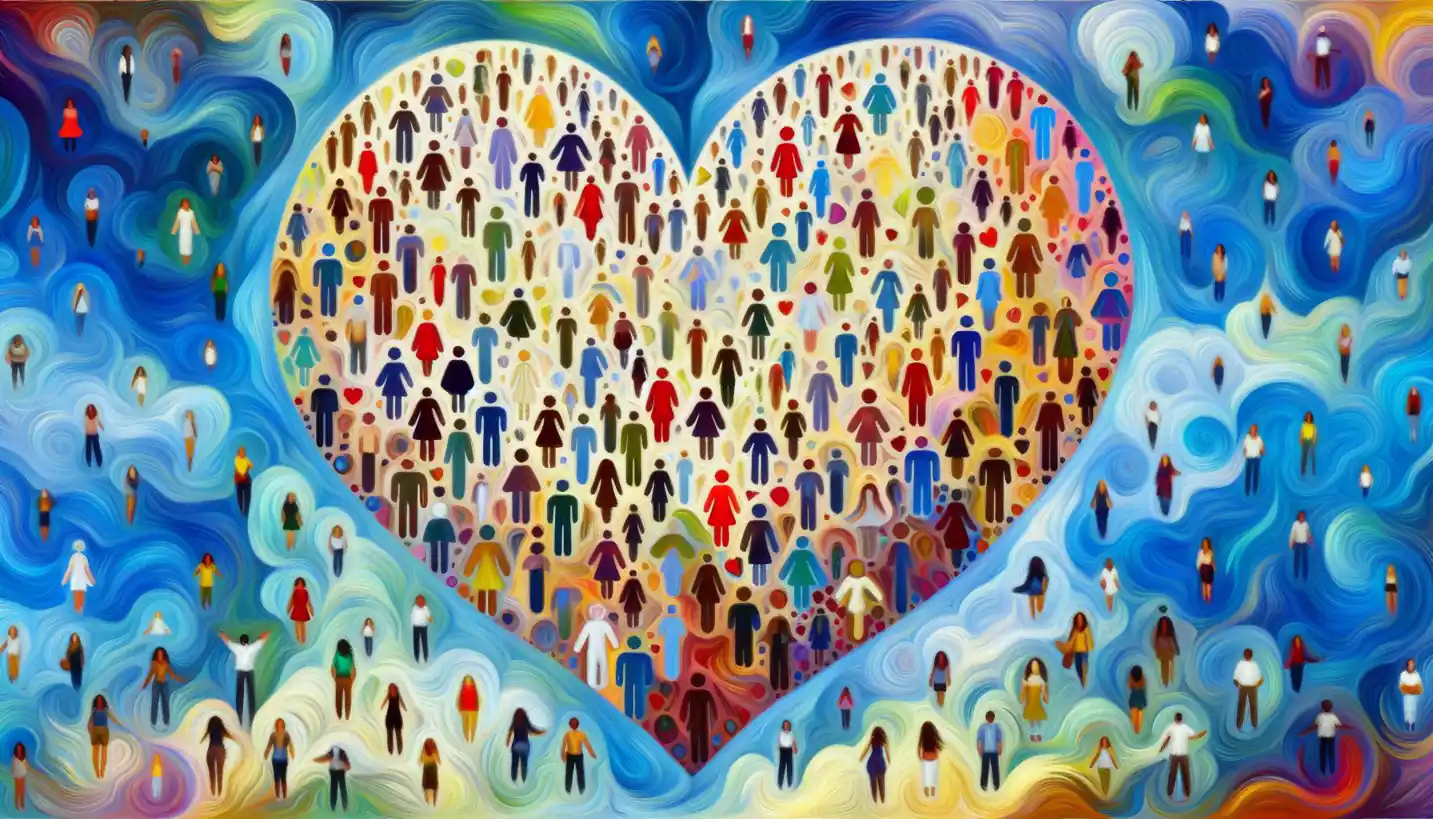· Sociology · 5 min read
Clique Dynamics in Social Networks and Sociology
Clique dynamics offer insight into tightly-knit social groups. Learn how these sequences of connections influence behaviors and community.

When diving into social networks, both online and offline, we often encounter groups of people who seem inseparable. These tightly-knit groups are known as cliques, a concept rooted in social network analysis and sociology. Let’s delve into what cliques are, how they function, and why they matter.
Understanding Cliques in Social Networks
At its core, a clique is a group of individuals where everyone knows each other and interacts frequently. Think of your high school days—there was likely a group of friends who did everything together, from sitting at lunch to completing group projects. In the world of sociology and social networks, these groups help us understand the complexities of human interactions and relationships.
The Formation of Cliques
Cliques often form based on shared interests, backgrounds, or characteristics. Have you ever noticed how people with similar hobbies or beliefs tend to gravitate towards each other? This is because shared traits create a sense of belonging and understanding, forming the foundation of cliques. Social networks, both digital and physical, provide the perfect environment for these groups to form and grow.
Structure and Characteristics
A clique isn’t just a random collection of people. It has a defined structure, where every member is connected to every other member. Imagine a triangle, where each point is a person, and each line connecting them represents a relationship. This structure allows for strong, although sometimes exclusive, bonds.
Real-Life Examples
We see cliques everywhere, from a close-knit group of coworkers in a large corporation to a small band of gamers who always play together online. These groups illustrate how strong connections within a clique can lead to a supportive network, but they can also highlight exclusivity, where those outside the group may feel alienated.
Why Cliques Matter in Sociology
Cliques are more than just social dynamics; they play a crucial role in understanding societal behavior and structure. They provide insight into how people form groups, make decisions, and influence one another.
The Role of Cliques in Social Influence
In sociology, cliques are essential for studying social influence. They often drive trends and opinions within larger communities. For instance, a clique within a school popularizes a particular fashion style, which then spreads to the broader student body. This is a simple example of how cliques can wield power in shaping societal norms and behaviors.
The Impact on Social Identity
Belonging to a clique can significantly affect an individual’s social identity. People within a clique often share a sense of solidarity and identity, reinforcing ideals and beliefs. However, this can also lead to a limited view of the world, as interactions primarily occur within the group.
Cliques and Social Networks
In the digital age, social networks like Facebook, Twitter, and Instagram take these relationships to a new level. Online cliques can form based on shared interests, political views, or even fandoms. The algorithms of these platforms often enhance the formation of cliques by suggesting connections with like-minded users, creating echo chambers that reinforce existing beliefs.
Cliques in Contemporary Studies
Researchers and sociologists are continually studying cliques to understand complex social phenomena. This research can help in areas such as marketing, politics, and even mental health.
Marketing and Consumer Behavior
Companies study cliques to better understand customer loyalty. If a clique endorses a product, its influence is likely to extend beyond the group, affecting community purchase behavior. Brands often target influential clique members to promote their products.
Political Movements and Mobilization
Cliques have the potential to mobilize powerful political movements. Grassroots campaigns often start within small, cohesive groups that expand their influence over time. Understanding these dynamics can aid in planning social campaigns and movements.
Mental Health Implications
Cliques also play a vital role in mental health studies. While they provide support and identity, they can also result in pressure to conform, exclusion, and bullying. It is essential to find a balance between belonging to a group and maintaining individual identity and inclusivity.
The Future of Cliques in Social Research
As we look to the future, the study of cliques is more relevant than ever. With the rise of social media and virtual communities, the traditional boundaries of cliques are evolving. Researchers are exploring how digital interactions influence real-world behaviors and vice versa.
Virtual Cliques
In online gaming, virtual worlds, and social media platforms, virtual cliques mirror those in real life. These groups communicate through chats and social media, expanding the concept of a clique beyond geographical limitations.
Interdisciplinary Research
The study of cliques is becoming increasingly interdisciplinary, combining sociology, psychology, and computer science. This holistic approach aims to unravel the complexities of human interactions in both digital and physical realms.
Addressing Challenges
Future research also focuses on the challenges posed by cliques, such as exclusion and misinformation spread within closed groups. Understanding these issues is critical to fostering inclusive and informed communities.
Conclusion
Cliques are a fascinating and integral part of social networks and sociology. They help us understand how and why people form groups, how these groups influence individual and collective behavior, and their impact on broader societal constructs. As technology continues to evolve, so will our understanding of these dynamic social groups. Engaging with this topic opens the door to deeper insights into human behavior and the ever-changing landscape of social interactions. Whether in person or online, cliques remain a cornerstone of how we connect and relate to each other.
By examining cliques, we uncover a rich tapestry of human connections, offering a window into the ways we interact, influence, and shape the social world around us.



